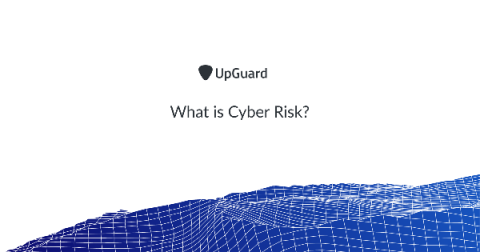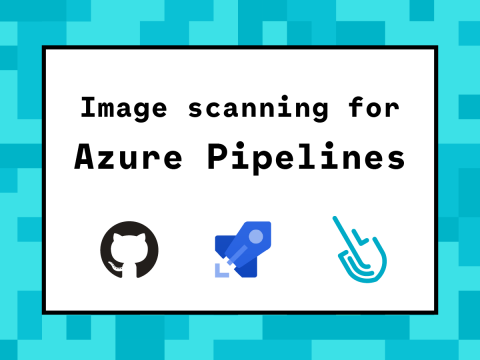Physical threats to Cybersecurity that you must address
Over 90% of data breach is attributed to human error costing a company anywhere from $1.25 million to $8.19 million. Tackling cybersecurity does not only entail non-physical risks, but also includes an assessment of physical threats such as human, internal, and external hazards. Only then can an appropriate and effective security plan to dissuade hackers and thieves be devised.








